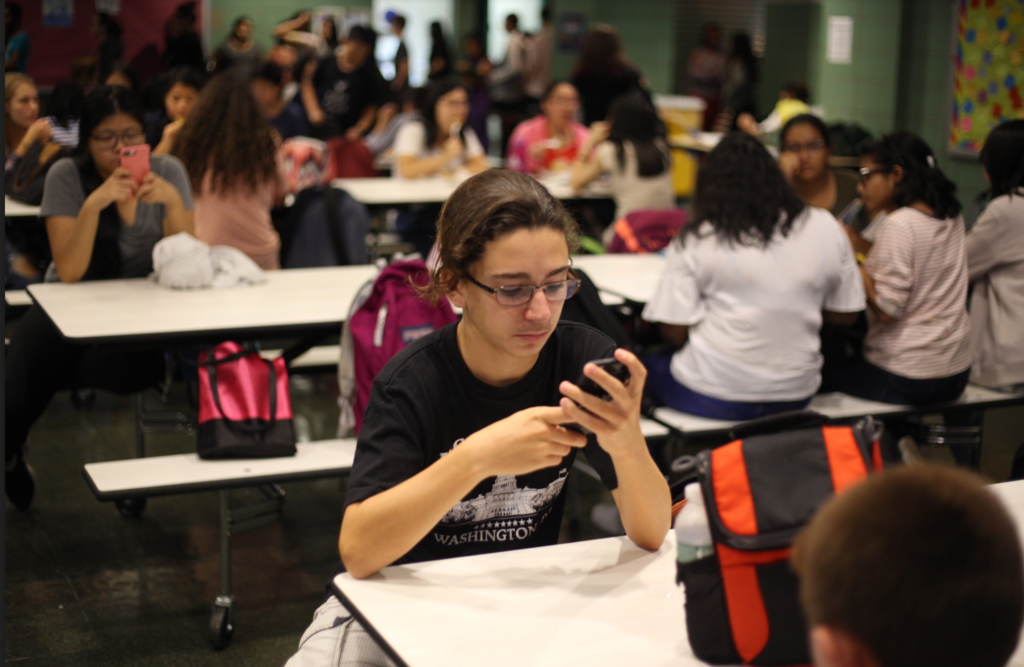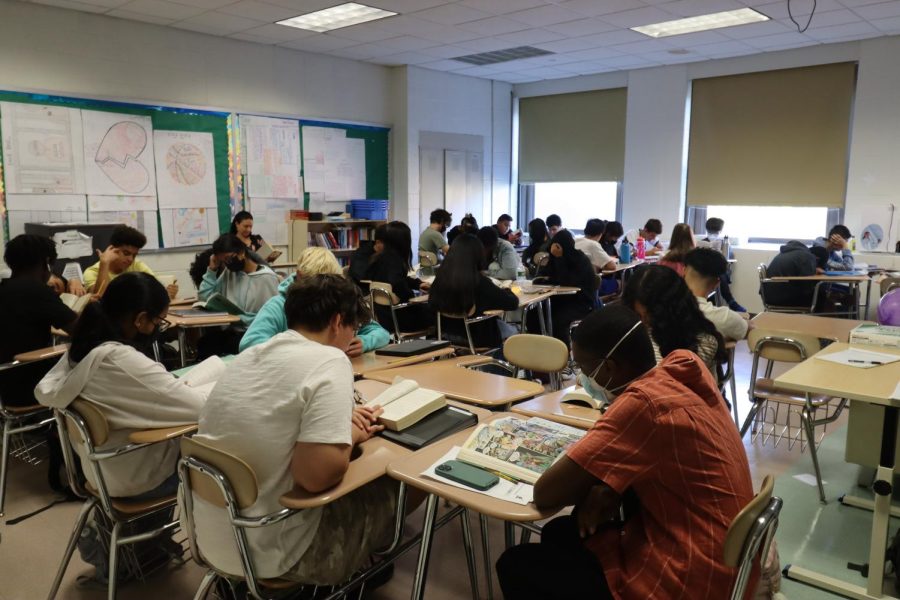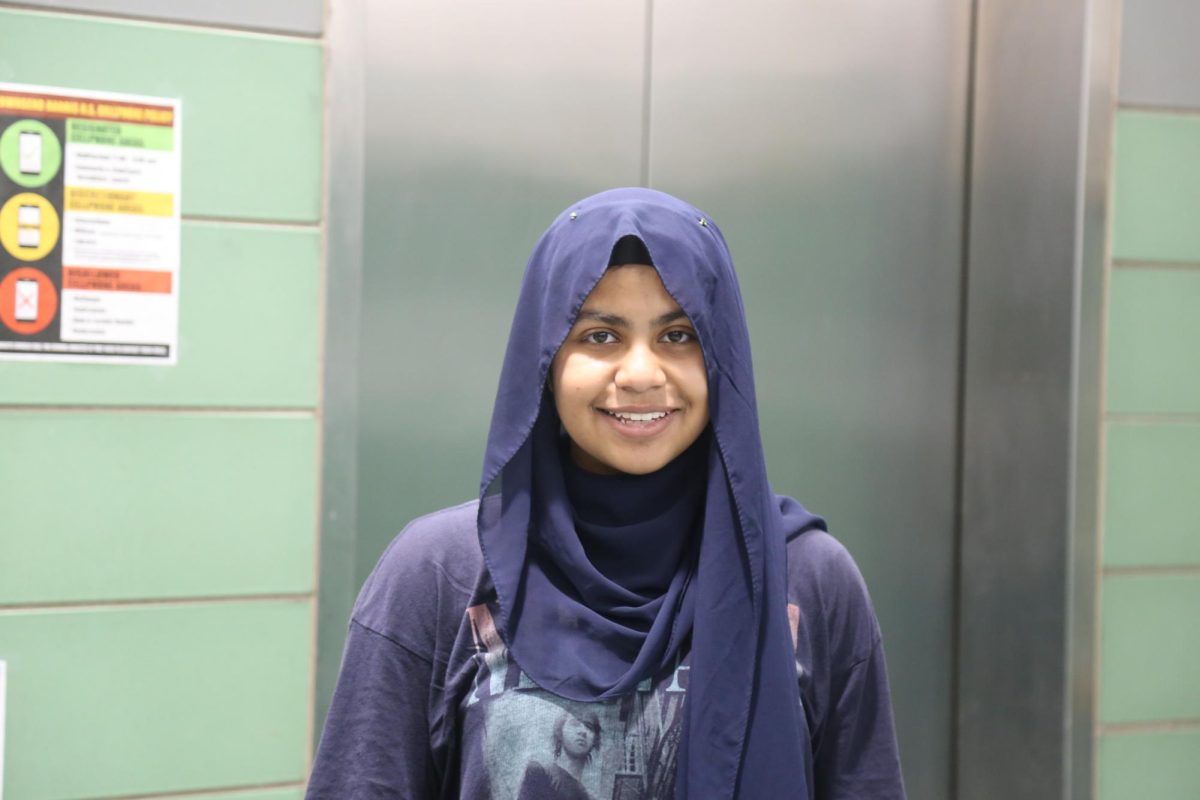
It’s apparent that technology has been increasingly making its way into education, with many teachers integrating it into their everyday lessons. Chris Lore and Brian Sweeney, instructors of the Humanities Seminar at Queens College, have similarly integrated the use of iPads into their courses in lieu of traditional textbooks.
Robin Hizme, the Director of the College Preparatory Program (CPP) at Queens College, worked with Principal Anthony Barbetta and Assistant Principal Rafal Olechowski to launch this program in the Fall of 2013, using grant money earmarked for the CPP.
Professor Hizme said “the idea was definitely a group effort and we were eager to implement it, even though funds had never been allocated towards technology in our program. Principal Barbetta was pivotal in the initiation and support of the idea.”
Both Professor Lore and Mr. Sweeney have used technology frequently in a classroom setting. Professor Lore set up an online discussion board for his classes last year. Although it was successful, he noticed that students “had limited access to technology within the classroom itself, so comments on the discussion board did not surface during time in the classroom.”
Mr. Sweeney discussed the role of the iPads in the class thus far.
“The iPads don’t replace in-class discussions,” he said. “The best thing they do is facilitate discussions during the reading process by allowing students to share comments while reading each e-text. Students can come to class ready to continue and improve a conversation that has already started.”
The app that does this is called “Subtext.” With it, students have constant access to digital libraries. Use of Google Drive for student e-notebooks has also increased student collaboration.
“We think that this collaboration will break down the barrier between time in and out of class, and result in a more well-rounded and comprehensive learning process,” said Professor Lore.
A real concern that arose and remains troublesome involves Queens College’s Wi-Fi, which hasn’t been able to handle the amount of students logging in all at once.
“It takes up so much of class time to set everyone up and half the time [the iPads] don’t work with the Wi-Fi,” said senior Katherine Kulesza. As a result of the problems, Katherine feels the iPads haven’t been worth it. “It is nice reading on them but other than that there is nothing too special about them to continue the funding.”
Others felt the Wi-Fi issue to be less impactful.
“Despite the technical difficulties we had in the beginning, I find it very beneficial,” said senior Laura Caba. “Reading books on Subtext is incredibly helpful. Everyone comments and participates in discussions. And whenever I have a question [while reading] people answer so I’m rarely confused. I’m glad the iPads have been introduced.”
“We want to emphasize that this really is meant to be a test,” said Mr. Sweeney in response to questions about the Wi-Fi. “Even after the Wi-Fi is fixed, if students don’t find this useful and we don’t see results, we won’t continue it. Our hope is that the iPad enhances the experience.”
Professor Lore added, “The acquisition of knowledge and the honing of skills, in my opinion, is not a one-way street from teacher to students, but multifaceted and diverse, and the more ways we can provide to allow students to make their opinions heard the more successful the process will be overall.”



























